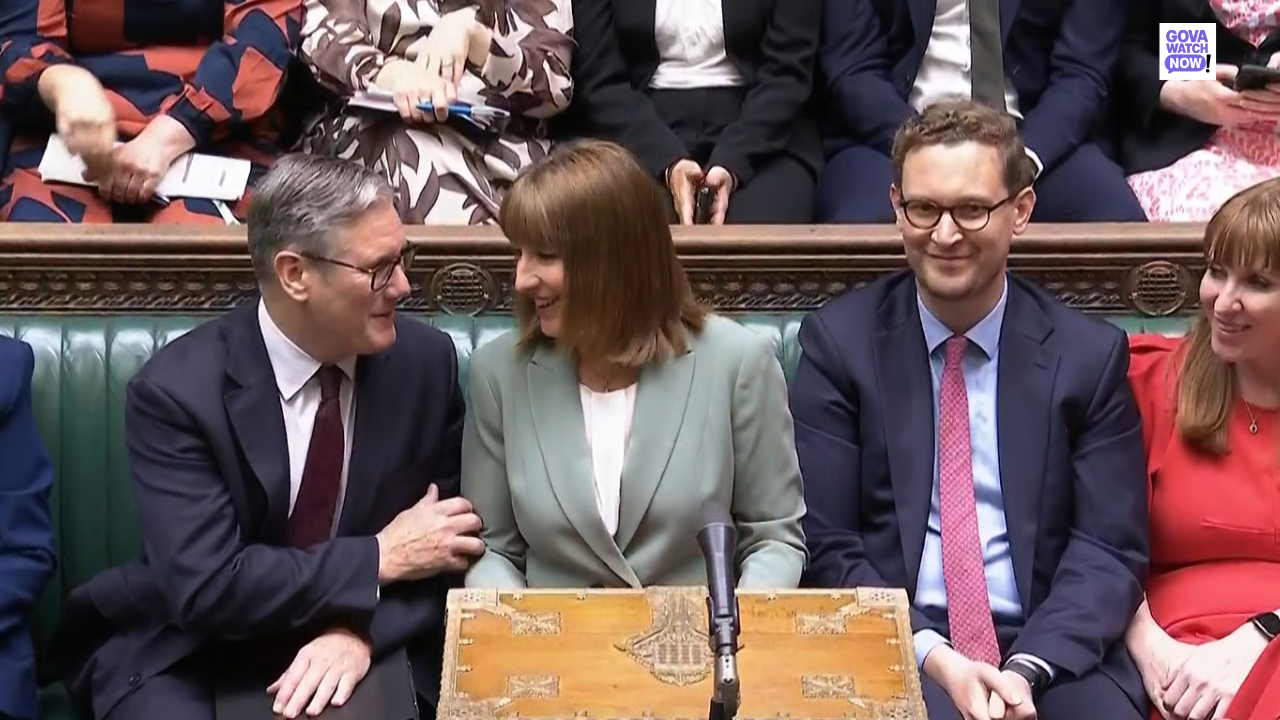Chancellor Rachel Reeves has announced a £29 billion annual increase in NHS funding as part of a comprehensive spending review aimed at national renewal. The plan includes a 3% annual real-terms rise in NHS spending, marking the largest growth in day-to-day health expenditure outside of the COVID-19 pandemic since 2010. This investment is intended to reduce waiting lists, enhance diagnostic capacity, and address the NHS’s maintenance backlog. However, the review also entails significant cuts to other public sector budgets, totaling £8.1 billion by the following year.
To fund these initiatives, the government is implementing efficiency savings across various departments, including the Home Office, Foreign Office, and Department for Digital, Culture, Media and Sport (DCMS). Notably, the Home Office faces a 1.7% budget reduction, raising concerns about its ability to manage immigration and law enforcement effectively. Additionally, the review cancels several infrastructure projects, such as the Stonehenge tunnel and the A27 Arundel bypass, reallocating funds to support the NHS and other priority areas.
While the Chancellor emphasizes the importance of these investments for long-term economic growth, critics argue that the front-loaded spending may lead to fiscal pressures in the coming years. The opposition parties have expressed concerns about the sustainability of the government’s fiscal strategy and its potential impact on public services and welfare. Furthermore, the review’s focus on capital spending over day-to-day expenditures has prompted discussions about the balance between immediate needs and long-term objectives.
In summary, Chancellor Reeves’ spending review outlines a significant increase in NHS funding alongside substantial cuts to other public sector budgets. While the government aims to stimulate economic growth and address pressing issues within the NHS, the proposed fiscal measures have sparked debate regarding their long-term viability and potential consequences for public services.




